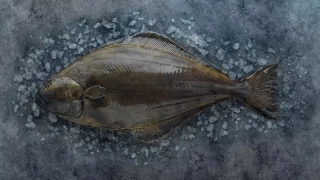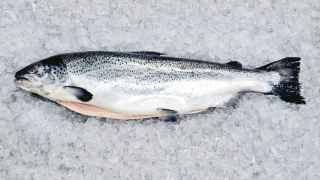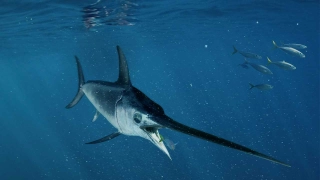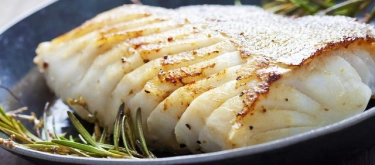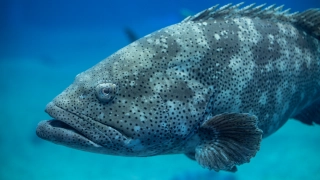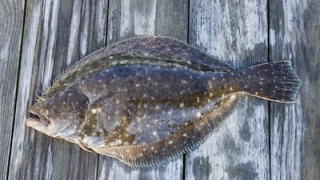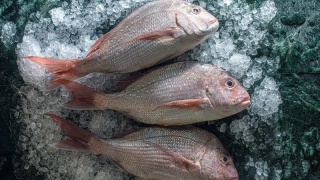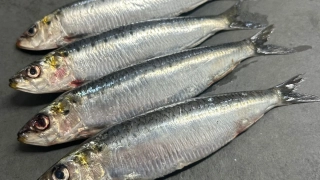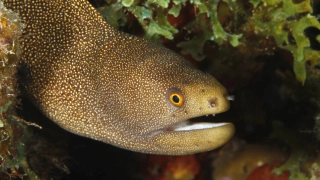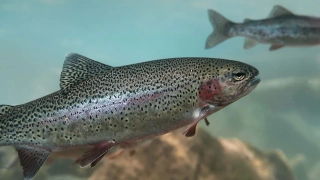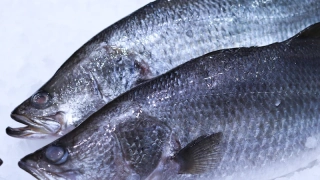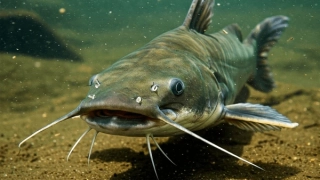Pacific Cod: Taste Profile, Aroma, Benefits and Health Risks
Pacific cod (Gadus macrocephalus), also known as Alaska cod, is a cold-water fish native to the North Pacific Ocean, particularly abundant in the Bering Sea, Gulf of Alaska, and waters off Japan and Russia. It is closely related to Atlantic cod but differs in flavor, texture, and sustainability profile. With its mild taste and economic importance, Pacific cod is a cornerstone of global seafood markets and a vital species for North Pacific fisheries.
Pacific cod is considered a safe fish with low mercury content, making it suitable for regular consumption, including by pregnant women and children, in moderate amounts. People with fish allergies should strictly avoid it.
What does Pacific Cod taste like?
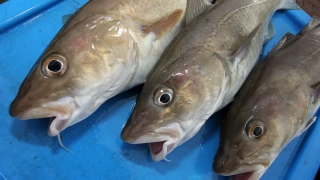
Complete Sensory Description
-
Taste: Mild, slightly sweet, and clean, even lighter than Atlantic cod.
-
Aroma: Neutral, faintly oceanic, not overpowering.
-
Texture: Tender, flaky, and lean; slightly softer than Atlantic cod.
-
Appearance: White to off-white flesh, translucent raw, opaque when cooked; generally smaller fillets than Atlantic cod.
In-depth Flavor Analysis
Pacific cod’s delicate taste is influenced by its lower fat content compared to other cod species. Free amino acids, such as glycine and glutamic acid, contribute subtle sweetness and umami, but in lighter concentrations than Atlantic cod. This results in a less robust flavor, often described as “neutral.” Its softer muscle fibers produce a more delicate flake, which can make it versatile in gentle cooking methods but less resilient for extended frying compared to firmer cod. Its leanness requires careful preparation to prevent dryness.
Varieties and Culinary Applications
Pacific cod is not divided into multiple subspecies but is often marketed under different names depending on the region:
-
Alaska cod (U.S. and Canada).
-
Gray cod (due to its darker skin).
-
Tikhookeanskaya treska (Russia).
Culinary uses:
-
A staple for fish & chips in North America.
-
Poached or steamed with butter, lemon, and herbs.
-
Baked in casseroles or oven dishes.
-
Used in Japanese cuisine for simmered dishes and soups.
-
Salted and dried for traditional Russian and Asian preparations.
Selection and Storage
-
Flesh should be firm, moist, and slightly translucent.
-
Avoid fillets with dull or dry edges.
-
Store fresh cod at 0–4°C and consume within 1–2 days.
-
Freeze at –18°C for up to several months; Pacific cod maintains texture better than many other lean fish when frozen.
Nutritional Insights
Pacific cod is a lean protein source with less than 1% fat. It provides essential nutrients such as vitamin B12, niacin, iodine, selenium, and phosphorus. It supports healthy thyroid function, metabolism, and cardiovascular health. While lower in omega-3 fatty acids than oily fish, it still contributes beneficial amounts to the diet.
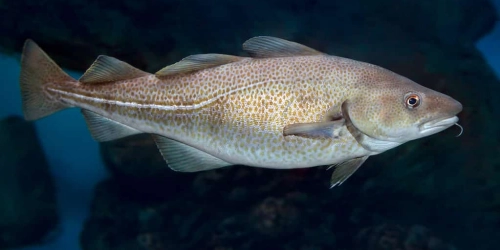
Expert Insights & Culinary Tips
Chefs emphasize gentle cooking techniques—poaching, steaming, or light pan-frying—to preserve Pacific cod’s delicate flakes. Its neutral taste makes it a “blank canvas” for sauces, whether Mediterranean tomato-based, Asian soy-ginger, or creamy European styles. Adding fat (butter, olive oil, cream) helps prevent dryness.
Interesting and Curious Facts
-
Pacific cod stocks are far more stable than Atlantic cod, making it a central species in global sustainable seafood trade.
-
It can grow up to 1 meter and weigh more than 20 kilograms, though most commercial fish are smaller.
-
Pacific cod is one of the key species in surimi production (used for imitation crab sticks).
Harm and Dietary Considerations
-
Overcooking leads to dryness due to very low fat content.
-
Sodium levels can be very high in salted cod products.
-
Allergic individuals must avoid cod completely.
Religious Dietary Considerations
Pacific cod is acceptable under Islamic (halal) and Jewish (kosher, if scaled) dietary rules. It is widely used in Christian fasting traditions, particularly in Eastern Europe and Russia.
Sustainability & Fishing Practices
-
Pacific cod is one of the best-managed fisheries in the world, with strict quotas, seasonal closures, and ecosystem-based management in the U.S. and Russia.
-
Stocks are considered healthy and sustainable, unlike Atlantic cod.
-
Certification by the Marine Stewardship Council (MSC) is widely available for Pacific cod products.
-
Bycatch is controlled with selective fishing gear, making Pacific cod a responsible seafood choice.
Final Thoughts & Sensory Journey
Pacific cod embodies the ideal of a versatile, mild white fish. With its clean taste, delicate flakes, and excellent sustainability record, it stands as both a delicious and responsible choice for global seafood lovers.
Resources
-
FAO Fisheries and Aquaculture Reports on Pacific Cod (Gadus macrocephalus).
-
NOAA Fisheries: Pacific Cod Stock Assessments.
-
Fisheries Research and Development Corporation (FRDC) – Reports on cod sustainability.
-
Cadrin, S. X., & Secor, D. H. (2009). Stock Assessment and Sustainability of Flatfish Fisheries. ICES Journal of Marine Science. DOI: 10.1093/icesjms/fsp077.
-
Kurlansky, M. (1997). Cod: A Biography of the Fish That Changed the World. Vintage Books. ISBN 978-0099268703.
-
Turchini, G. M., & De Silva, S. S. (2008). Fish Oil Replacement and Alternative Lipid Sources in Aquaculture Feeds. CRC Press. ISBN 978-1420044110.
